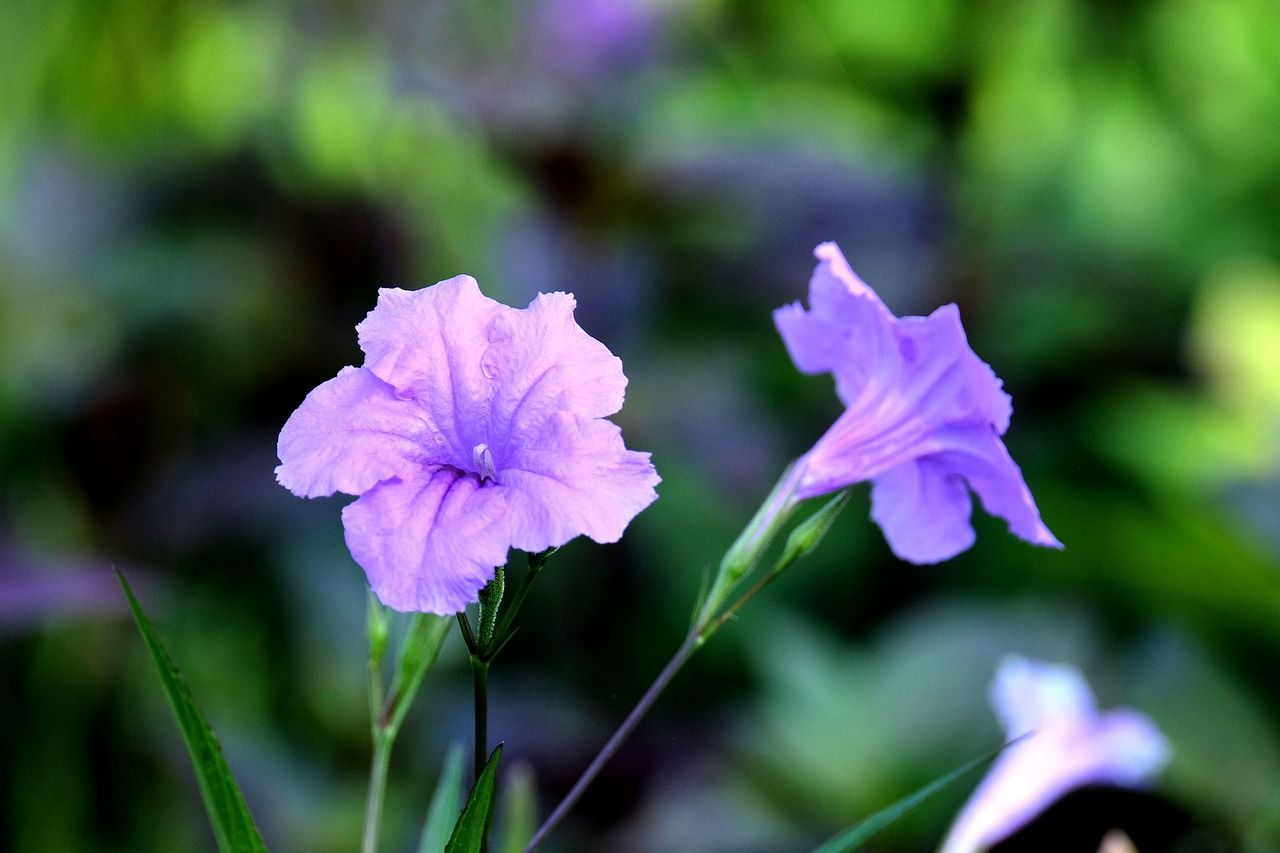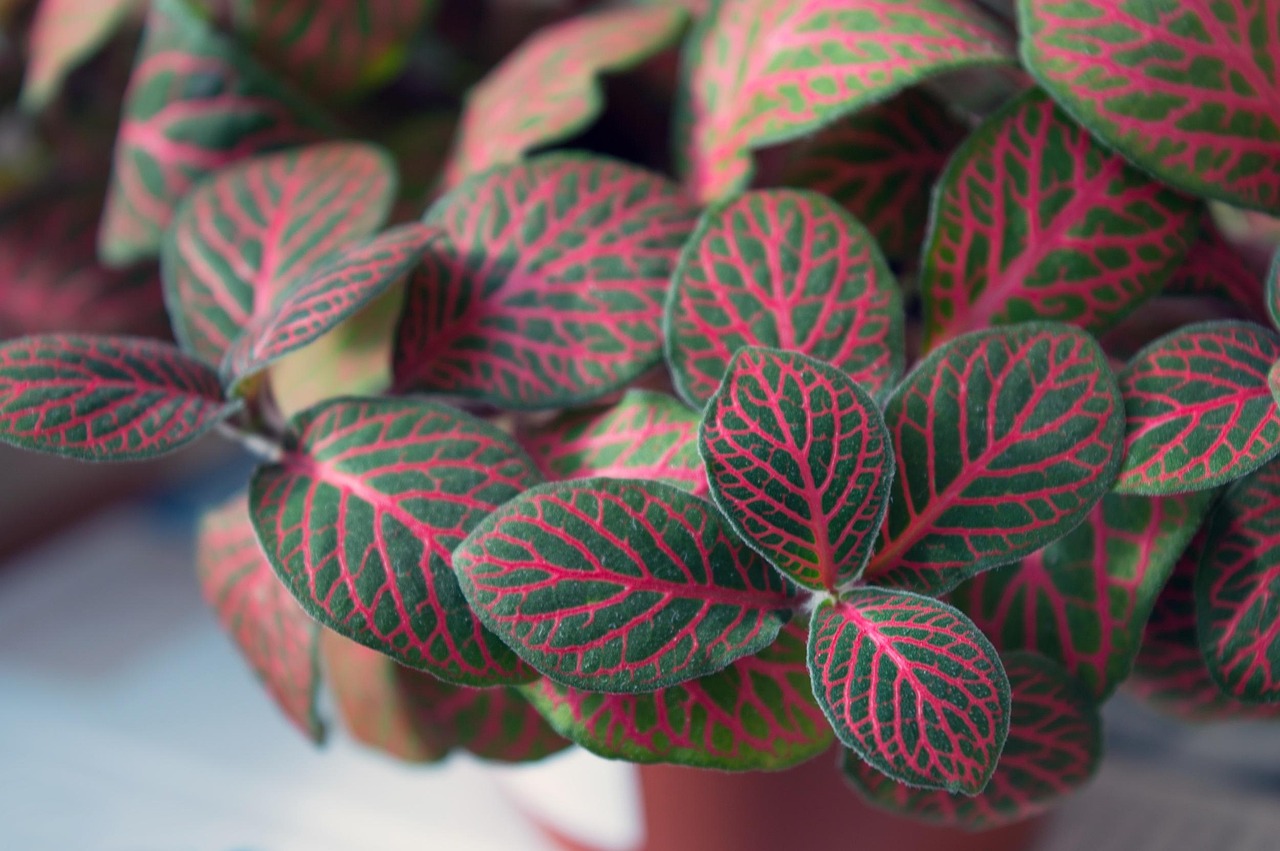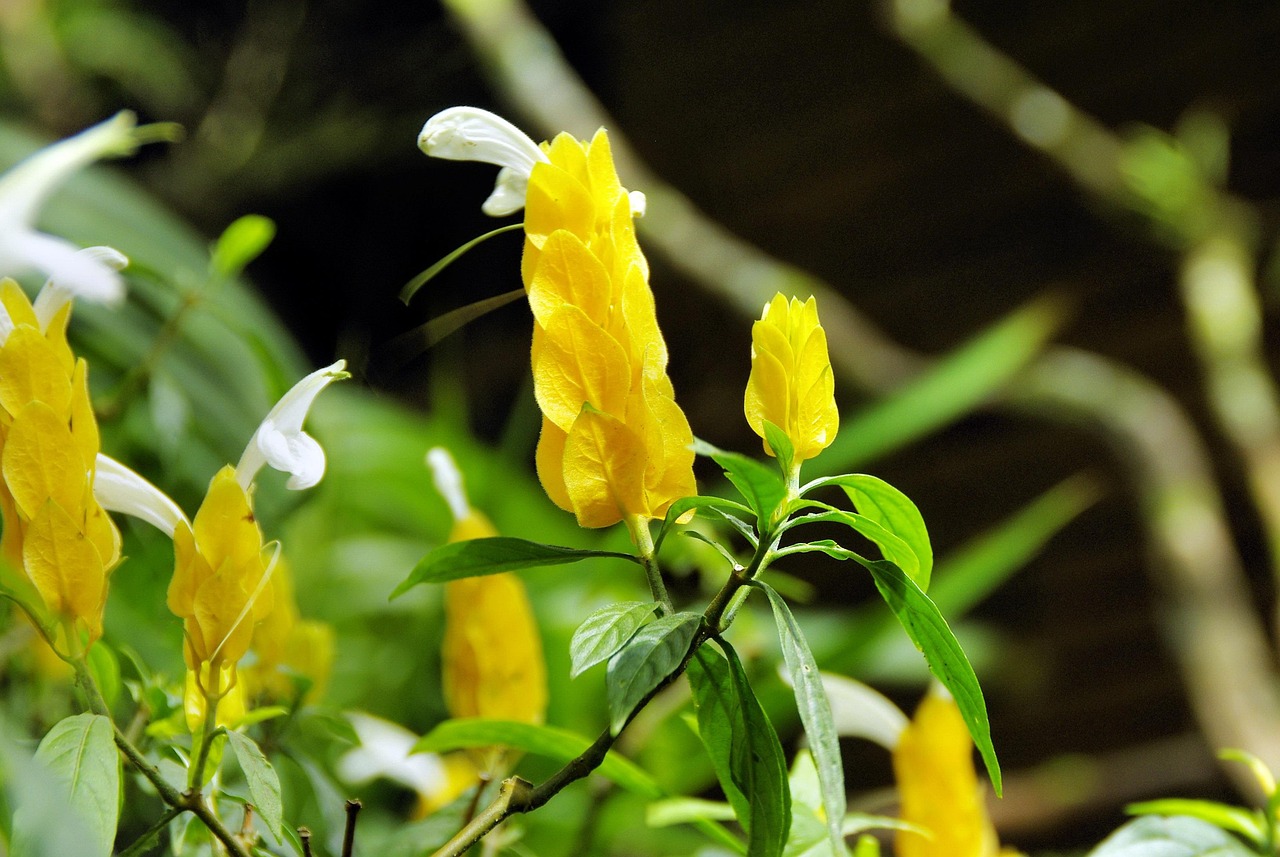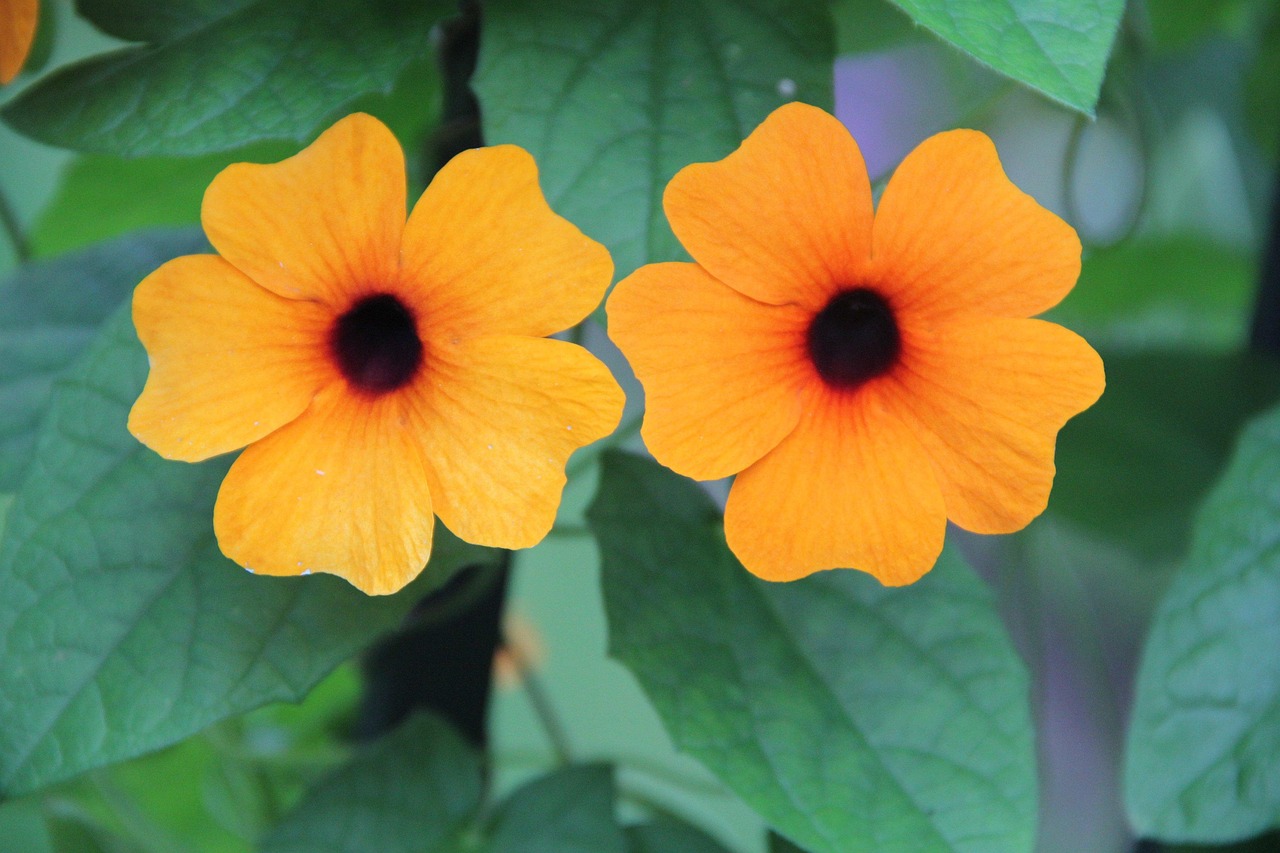Hypoestes | Features and Care
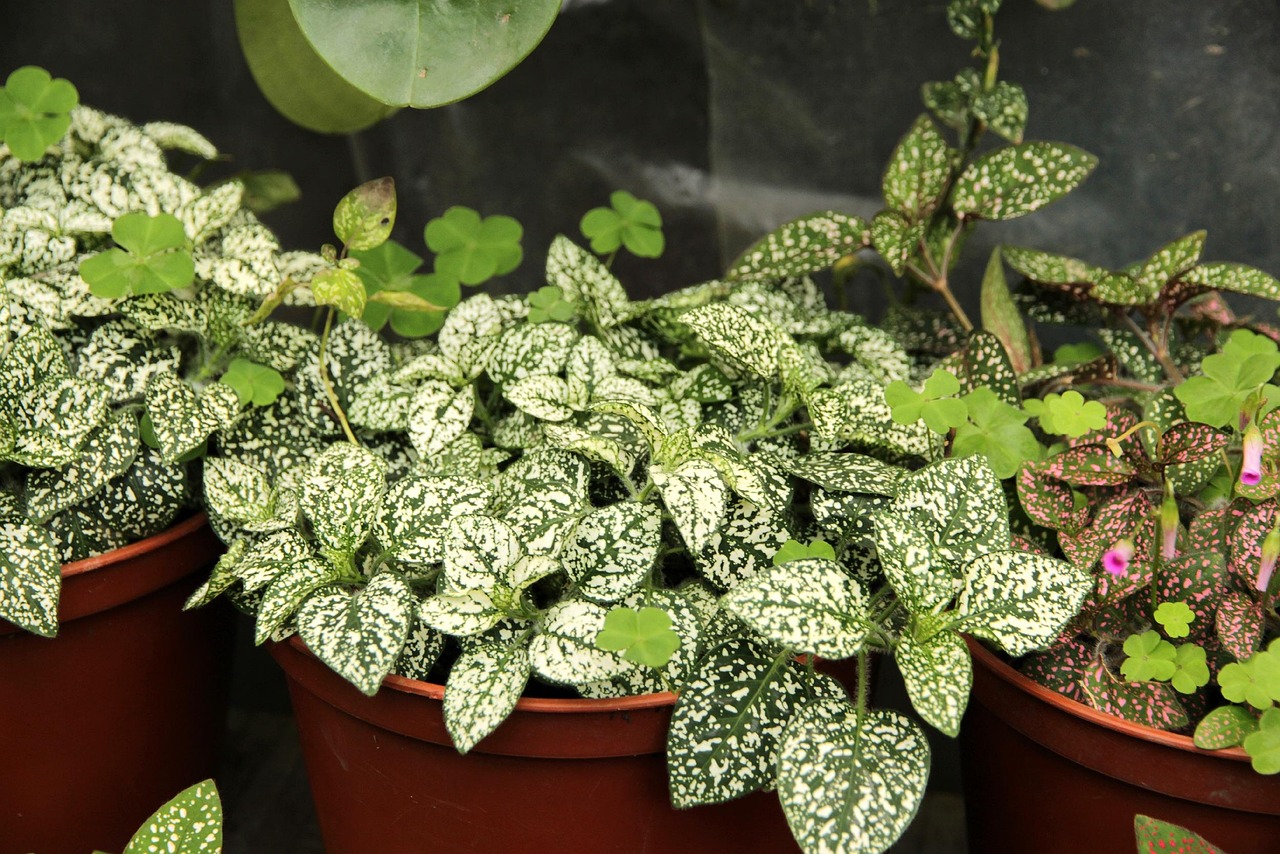
Hypoestes is a houseplant known for its vibrant foliage and distinctive spotted patterns. It is compact and easy to grow, making it a popular choice for interior decoration.
This article explores the basic characteristics, cultural significance, history, and care tips for Hypoestes.
Basic Information
- Scientific Name: Hypoestes phyllostachya
- Family: Acanthaceae
- Origin: Madagascar, South Africa, Southeast Asia
- Appearance: Small, oval-shaped leaves with irregular spotted patterns. The foliage varies in color, with green leaves featuring white, pink, or red spots, depending on the variety.
- Blooming Season: Produces small flowers from summer to autumn, but its foliage is the main attraction.
Cultural Significance Around the World
Due to its unique leaf patterns, Hypoestes has been cherished worldwide as an ornamental plant. Native to Madagascar, it has spread across tropical regions and gained popularity as an attractive houseplant.
In Europe, it has been cultivated in greenhouses since the 19th century. Its distinct leaf coloration made it a fashionable choice for brightening indoor spaces. In Asia, it is often used in home decor, valued as a “natural piece of art.”
In the United States, Hypoestes is recognized as a valuable foliage plant and is commonly used in mixed planters or as a decorative indoor plant. Due to the resemblance of its spotted leaves to butterfly wings, it is sometimes called the “Polka Dot Plant” in certain regions.
Historical Background
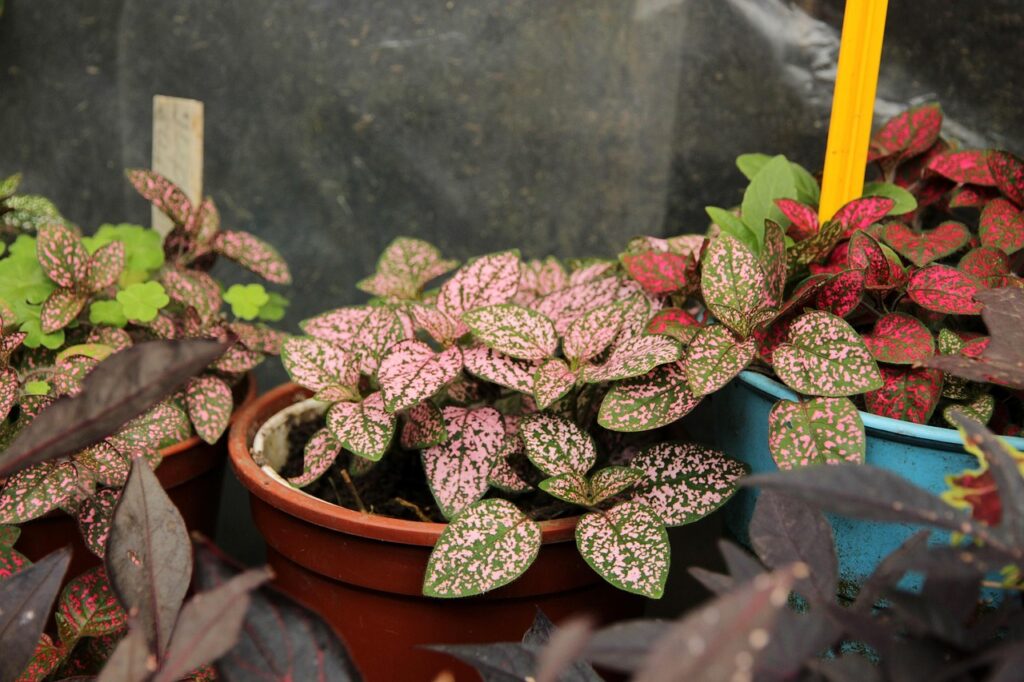
Hypoestes was introduced to Europe in the 19th century by botanists, quickly becoming a popular greenhouse plant in France and England. Its distinctive foliage patterns made it highly sought after as a rare ornamental species.
During the 20th century, breeders developed new varieties with enhanced leaf colors and patterns. It later spread to the United States and Asia, where it became a common decorative plant for both indoor and outdoor settings in warm climates.
Gardening Advice
To maintain the beauty of its foliage, proper care is essential. Follow these key guidelines:
Light
Prefers bright, indirect light. Direct sunlight may cause leaf burn, so filtered light or partial shade is ideal.
Watering
Keep the soil evenly moist, watering thoroughly when the surface becomes dry. Leaves may wilt if the plant dries out too much.
Soil
Requires well-draining soil. A mix of potting soil with perlite or compost improves aeration and moisture retention.
Fertilizer
Apply diluted liquid fertilizer every two weeks during the growing season to enhance leaf color.
Humidity
Thrives in humid conditions. Misting the leaves or using a humidifier can help maintain adequate moisture levels.
Pruning
Trim back overgrown stems to maintain a compact shape. Pinching off the tips encourages bushier growth.
Conclusion
Hypoestes is an eye-catching ornamental plant known for its vividly patterned leaves. Originating in Madagascar, it was introduced to Europe in the 19th century, where it gained popularity as a greenhouse plant. It later spread to Asia and America, appreciated for its artistic foliage.
To keep its colors vibrant, it requires indirect light and consistent humidity. Regular watering, pruning, and fertilization help maintain its attractive appearance. Incorporating Hypoestes into your indoor space adds a lively and decorative touch.

